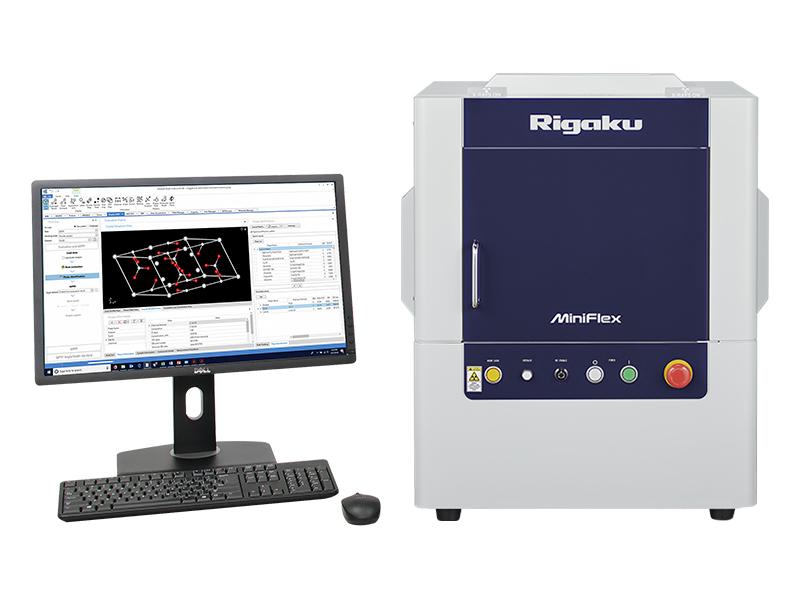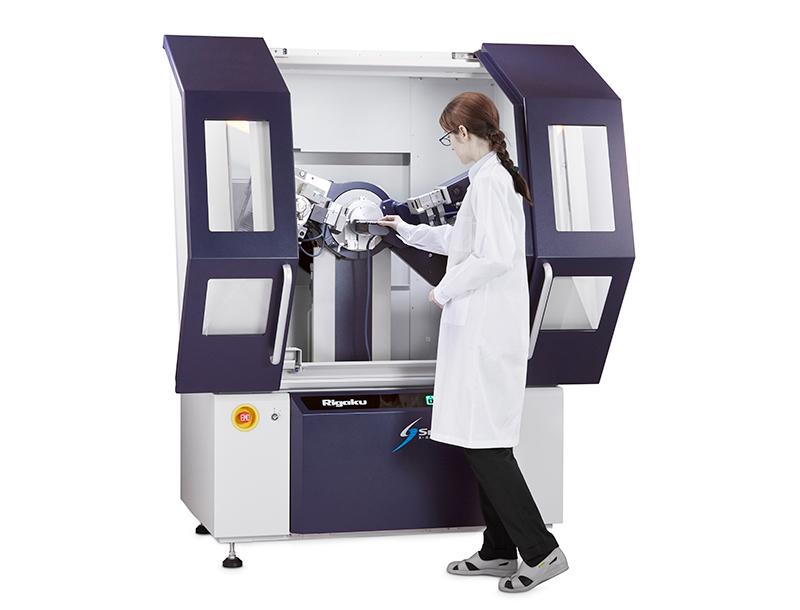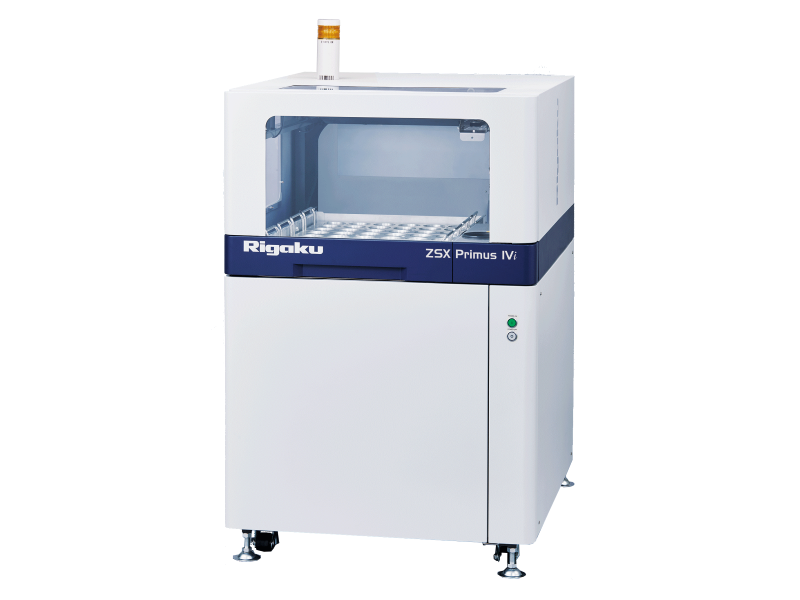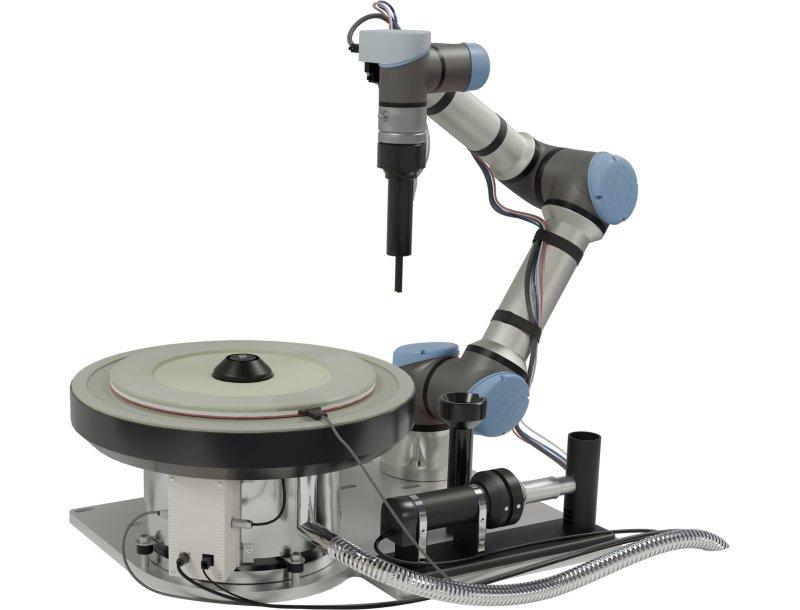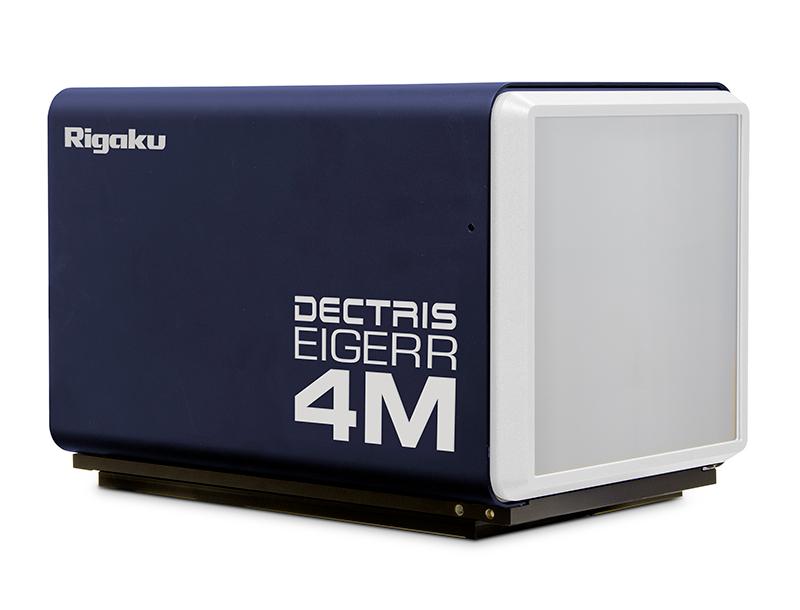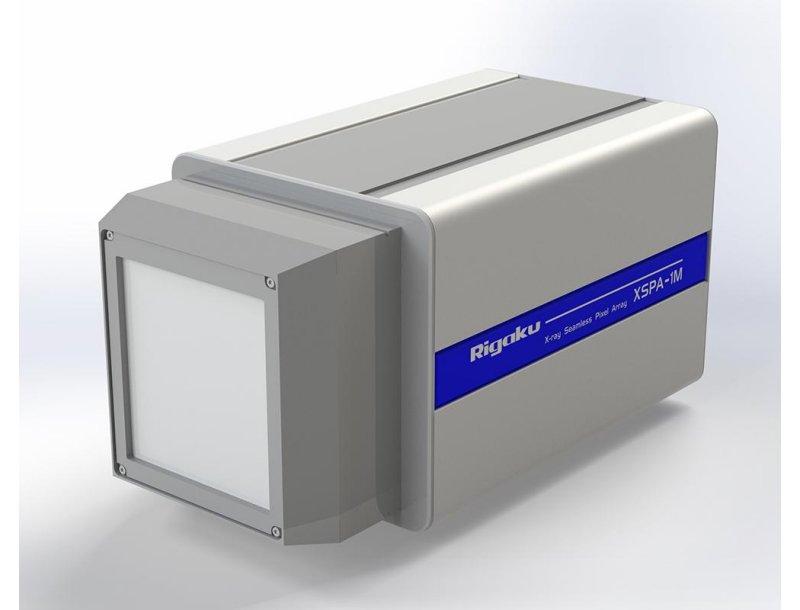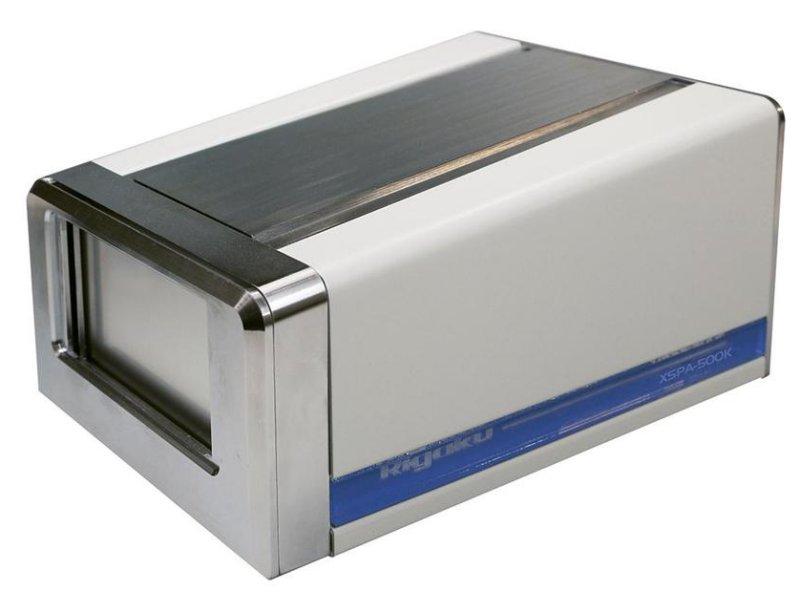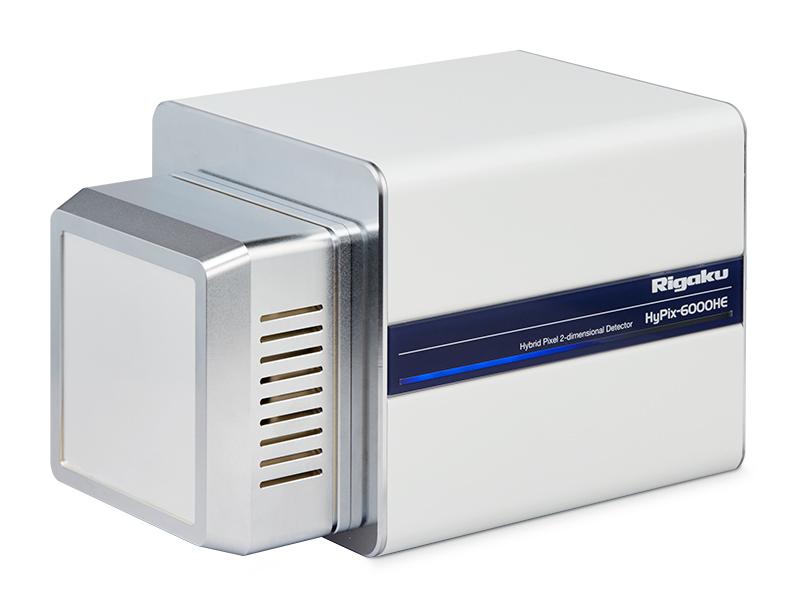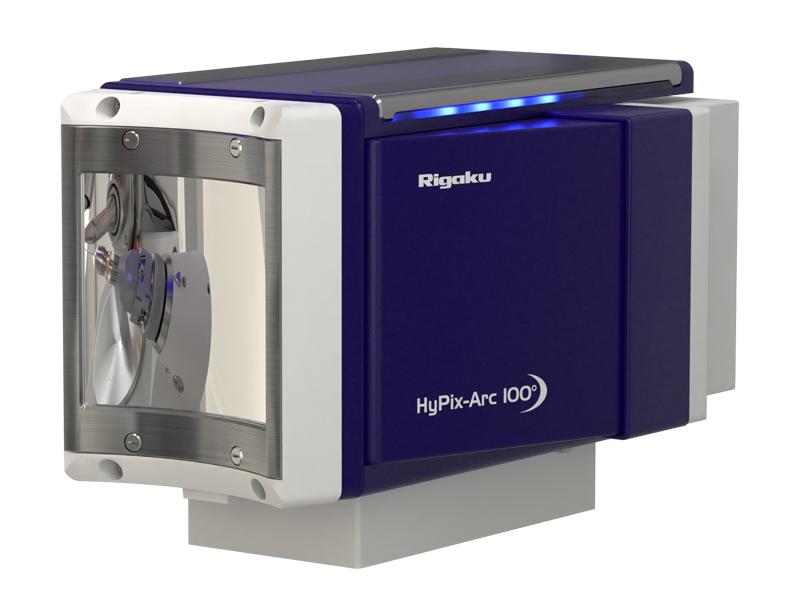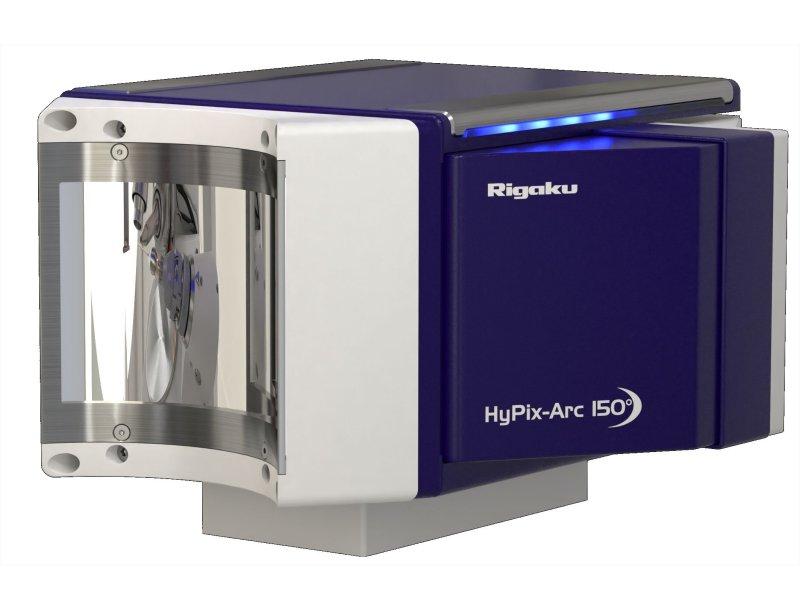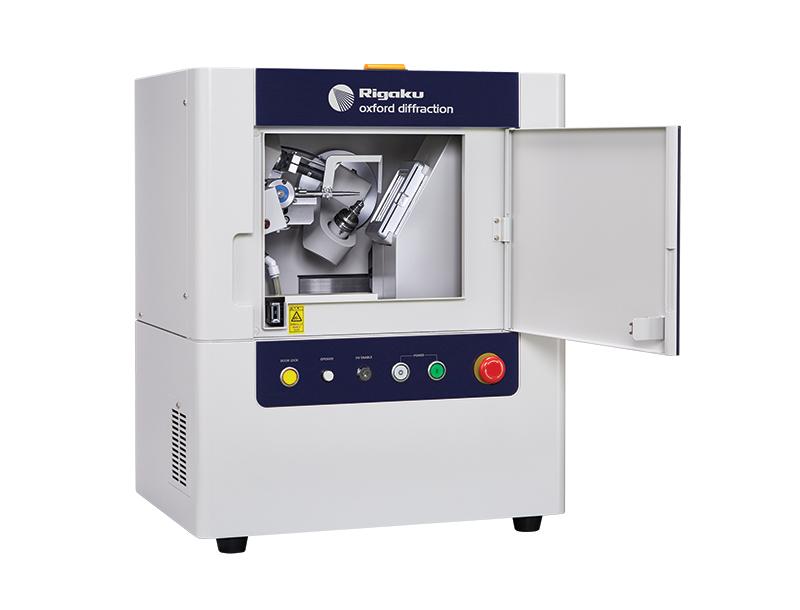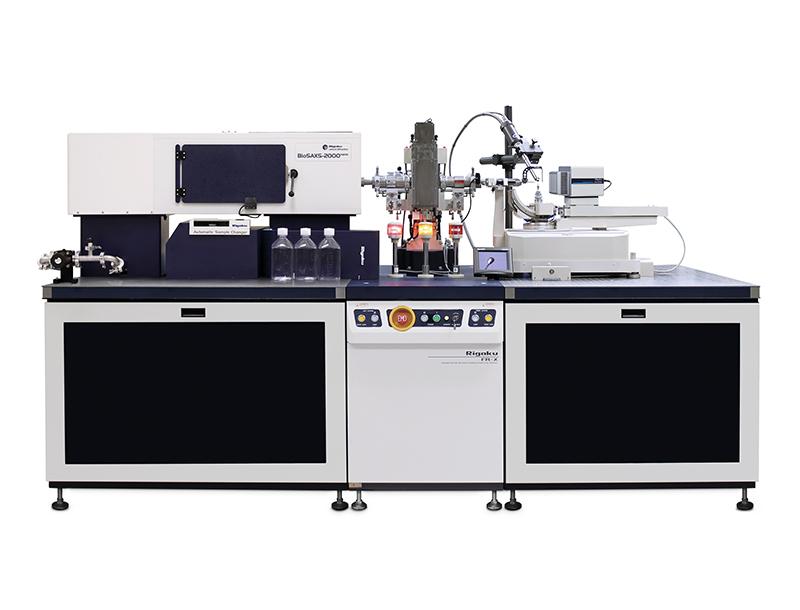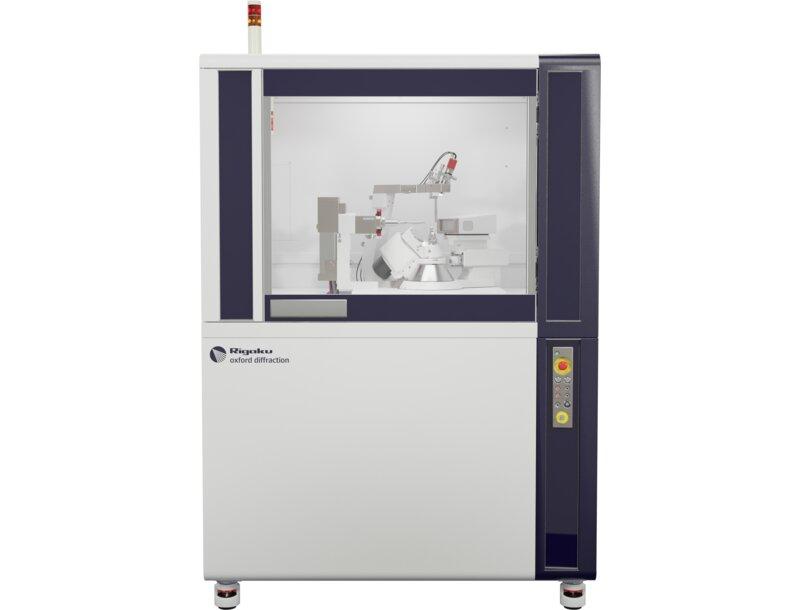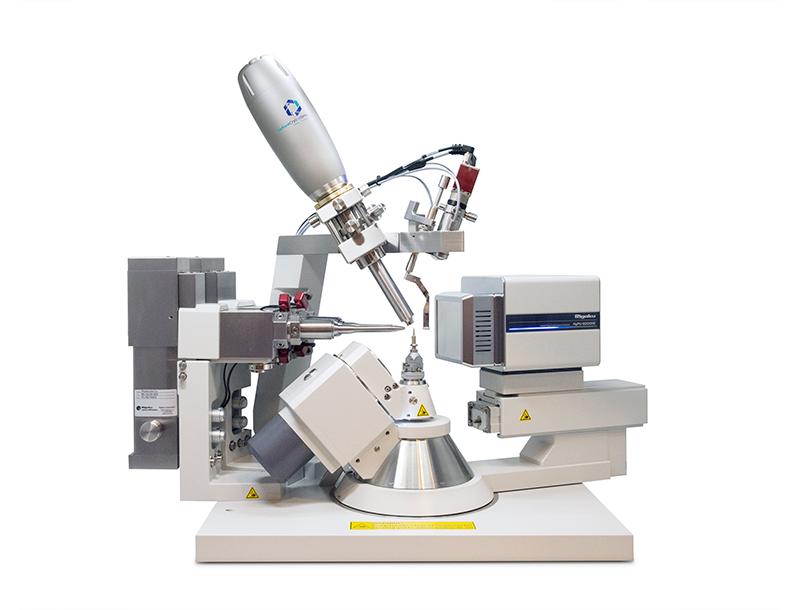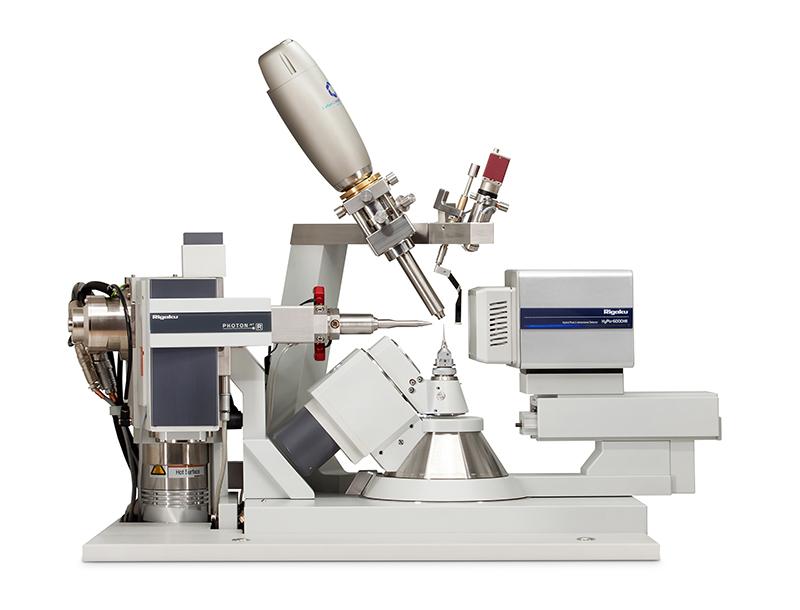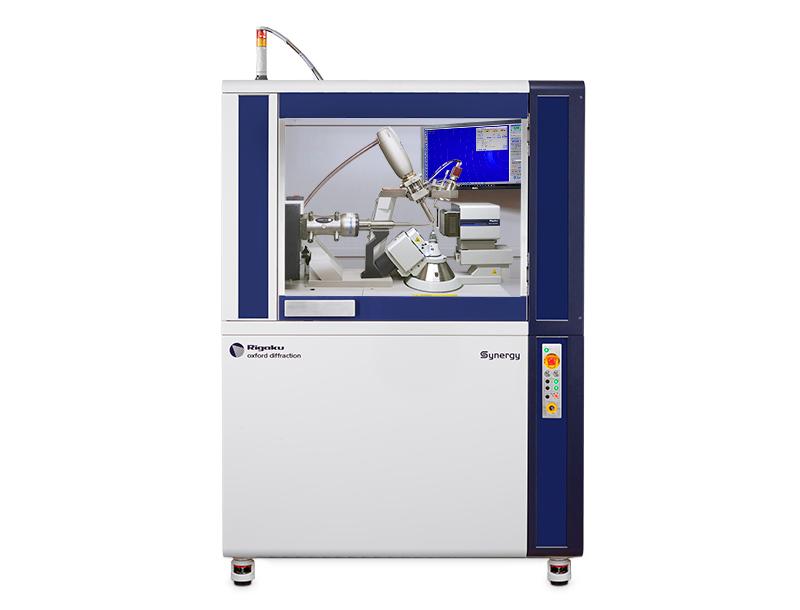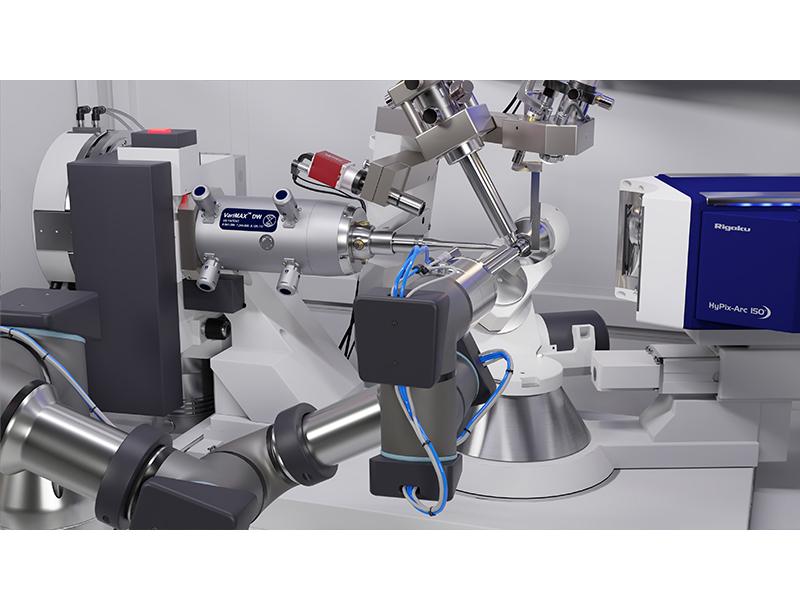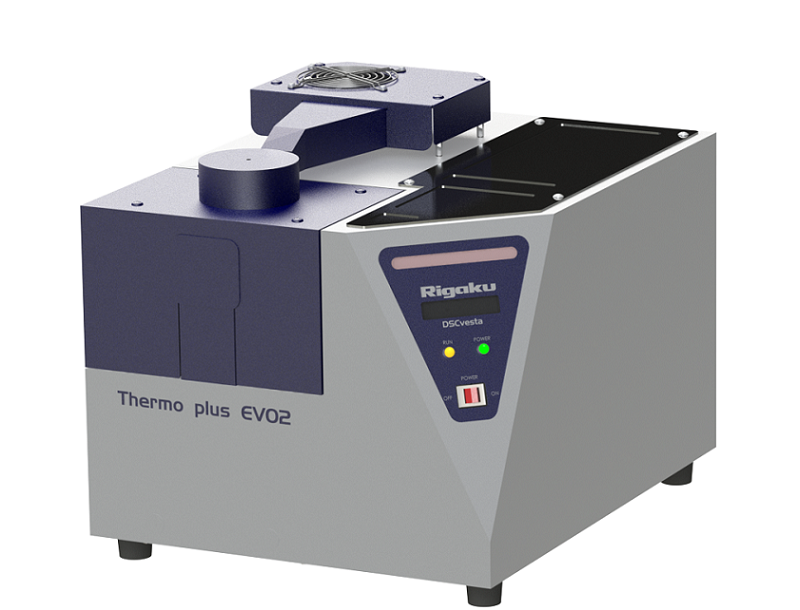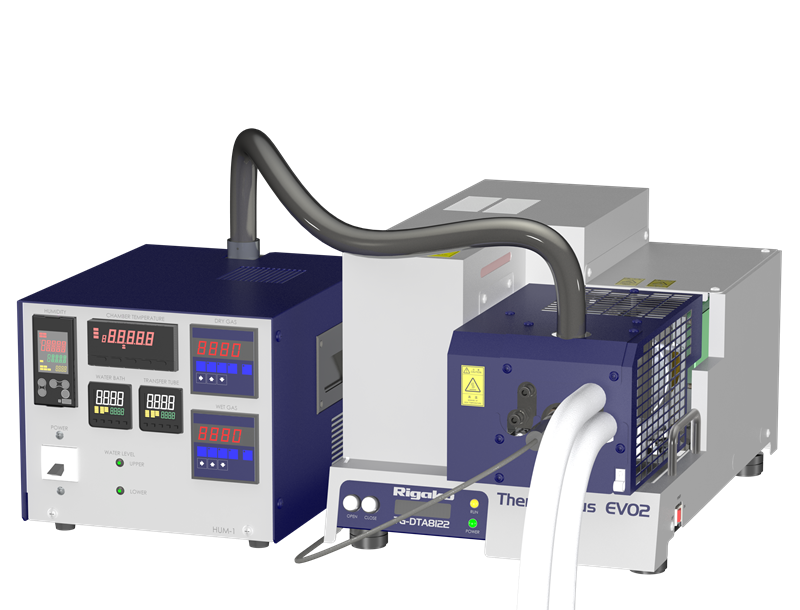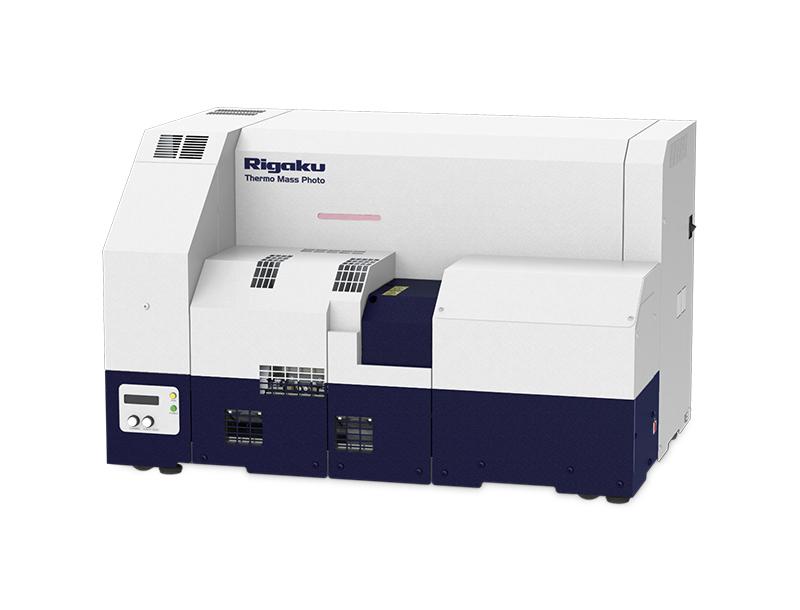Products from Rigaku
XRD products
Laboratory micro-spot XRD residual stress analysis with both iso- and side-inclination methods
2D X-ray detector with latest semiconductor technology designed for home lab diffractometers
New 6th-generation general purpose benchtop XRD system for phase i.d and phase quantification
Advanced state-of-the-art high-resolution XRD system powered by Guidance expert system software
High-performance, multi-purpose XRD system for applications ranging from R&D to quality control
WDXRF products
High-power, tube-below, sequential WDXRF spectrometer with new ZSX Guidance expert system software
Small molecule crystallography products
User-inspired data collection and data processing software for small molecule and protein crystallography
Extremely low noise, air-cooled X-ray detector based on direct X-ray detection technology.
Extremely low noise, air-cooled X-ray detector based on direct X-ray detection technology.
Extremely low noise, air-cooled X-ray detector based on direct X-ray detection technology.
Extremely low noise, air-cooled X-ray detector based on direct X-ray detection technology.
A unique curved single crystal X-ray diffraction detector based on direct X-ray detection technology with the highest 2θ range at a single position available for the home lab.
A unique curved single crystal X-ray diffraction detector based on direct X-ray detection technology with the highest 2θ range at a single position available for the home lab.
A benchtop single crystal X-ray diffractometer ideal for self-service crystallography and teaching.
A bespoke, extremely high-flux diffractometer with custom enclosure and the flexibility to utilize both ports of the rotating anode X-ray source.
A dual-wavelength, extremely high-flux, rotating anode X-ray diffractometer specifically configured for measuring difficult samples as well as providing versatility through multiple wavelengths.
A modern single crystal X-ray diffractometer for structural analysis of small molecule samples configured with microfocus sealed tube technology and a direct X-ray detection detector.
An extremely high-flux rotating anode X-ray diffractometer specifically configured for measuring difficult samples.
Our most popular diffractometer for chemical crystallography, configured with either single or dual microfocus sealed tube X-ray sources and an extremely low noise direct X-ray detection detector.
Protein crystallography products
A microfocus sealed tube single crystal X-ray diffractometer that is low maintenance and perfect for screening and evaluating protein crystals.
A single crystal X-ray diffractometer with high-flux microfocus rotating anode X-ray generator and direct detection, HPC X-ray detector.
A versatile and high-flux dual-wavelength (DW) X-ray diffractometer with an HPC X-ray detector for multipurpose diffraction experiments
Automated tool for performing in situ crystallography experiments on existing X-ray diffractometers
Automated tool for performing in situ crystallography experiments on existing X-ray diffractometers
User-inspired data collection and data processing software for small molecule and protein crystallography
A unique curved single crystal X-ray diffraction detector based on direct X-ray detection technology with the highest 2θ range at a single position available for the home lab.
A unique curved single crystal X-ray diffraction detector based on direct X-ray detection technology with the highest 2θ range at a single position available for the home lab.
Extremely low noise, air-cooled X-ray detector based on direct X-ray detection technology.
Extremely low noise, air-cooled X-ray detector based on direct X-ray detection technology.
Extremely low noise, air-cooled X-ray detector based on direct X-ray detection technology.
Extremely low noise, air-cooled X-ray detector based on direct X-ray detection technology.
SAXS products from Rigaku
Advanced state-of-the-art high-resolution XRD system powered by Guidance expert system software
High-performance, multi-purpose XRD system for applications ranging from R&D to quality control
Thermal analysis products
TG-DTA is a hyphenated technology generally referred to as simultaneous thermal analysis (STA).
Quantifies the energy changes in reactions such as melting, transition, crystallization and glass transition temperature.
TMA is the measurement of a change in dimension or mechanical property of the sample while it is subjected to a controlled temperature program.
The compact humidity generator (HUM-1) is connected to the TG-DTA for measurements under constant relative humidity water vapor atmosphere.
TMA/HUM measures change in dimension or mechanical property of a sample while subjected to a temperature regime under water vapor atmosphere with a constant relative humidity.
Thermo Mass Photo combines simultaneous thermal analysis with mass spectrometry. This technique is suitable for the qualitative analysis of evolved gases coincident with the STA signal.
Thermo Mass Photo combines simultaneous thermal analysis with mass spectrometry. This technique is suitable for the qualitative analysis of evolved gases coincident with the STA signal.
In TG-FTIR, gases evolved by volatilization or thermal decomposition are qualitatively analyzed, which allows you to track changes in the generated amount along with the temperature change.
In TG-FTIR, gases evolved by volatilization or thermal decomposition are qualitatively analyzed, which allows you to track changes in the generated amount along with the temperature change.



